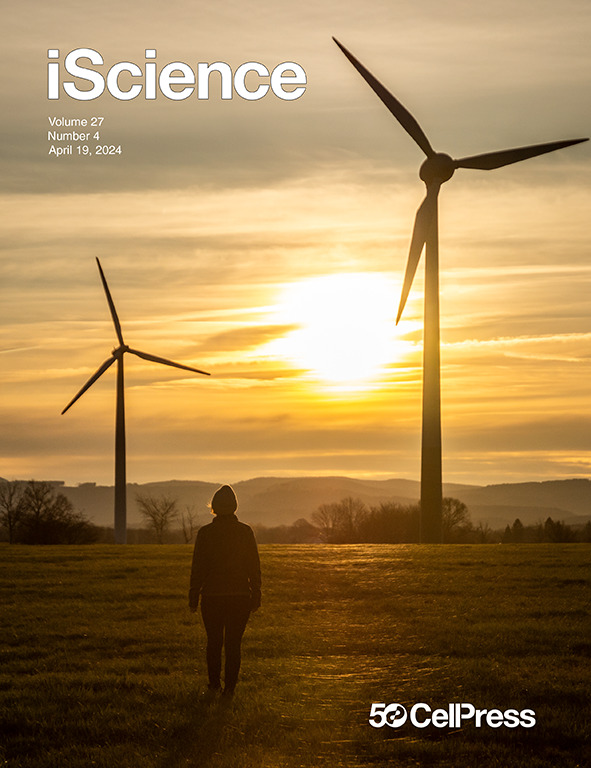Facilitating circularity of end-of-life photovoltaic in China with environmental benefits and costs informed by a high-resolution waste map
IF 4.6
2区 综合性期刊
Q1 MULTIDISCIPLINARY SCIENCES
引用次数: 0
Abstract
The rapid growth of global photovoltaic (PV) installation will lead to the emergence of end-of-life (EoL) modules in the coming decades. It is essential to understand when, where, and how much PV waste will be generated and the benefits of recycling in order to promote a circular PV economy. In this study, we develop a multi-model, multi-scale assessment framework to forecast PV waste distribution and explore the resource, environmental, and economic benefits of various waste management strategies in China. Our findings show that PV waste will reach 26 million tons by 2050. Decommissioning hotspots will first emerge in the Northwest, then spread to the North and East. Compared to a single strategy, the combined strategy generates significant benefits, reducing emissions by 39 MtCO2eq and cutting costs by $2.3 billion. By providing a comprehensive picture of the dynamics of PV waste, our study enables policymakers to formulate region-specific recycling strategies.

求助全文
约1分钟内获得全文
求助全文
来源期刊

iScience
Multidisciplinary-Multidisciplinary
CiteScore
7.20
自引率
1.70%
发文量
1972
审稿时长
6 weeks
期刊介绍:
Science has many big remaining questions. To address them, we will need to work collaboratively and across disciplines. The goal of iScience is to help fuel that type of interdisciplinary thinking. iScience is a new open-access journal from Cell Press that provides a platform for original research in the life, physical, and earth sciences. The primary criterion for publication in iScience is a significant contribution to a relevant field combined with robust results and underlying methodology. The advances appearing in iScience include both fundamental and applied investigations across this interdisciplinary range of topic areas. To support transparency in scientific investigation, we are happy to consider replication studies and papers that describe negative results.
We know you want your work to be published quickly and to be widely visible within your community and beyond. With the strong international reputation of Cell Press behind it, publication in iScience will help your work garner the attention and recognition it merits. Like all Cell Press journals, iScience prioritizes rapid publication. Our editorial team pays special attention to high-quality author service and to efficient, clear-cut decisions based on the information available within the manuscript. iScience taps into the expertise across Cell Press journals and selected partners to inform our editorial decisions and help publish your science in a timely and seamless way.
 求助内容:
求助内容: 应助结果提醒方式:
应助结果提醒方式:


